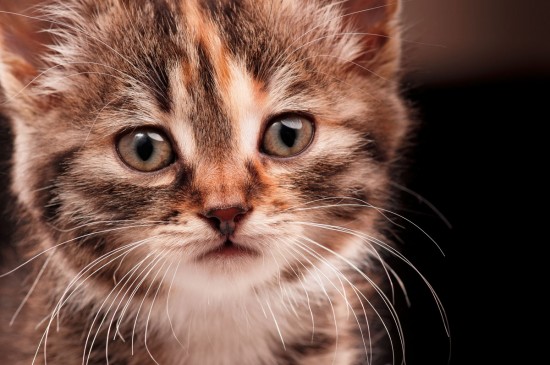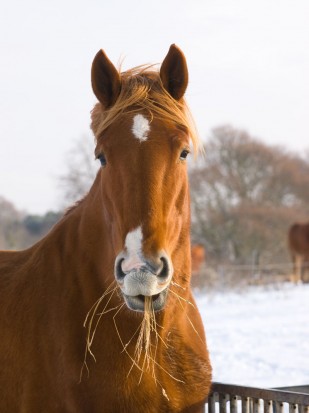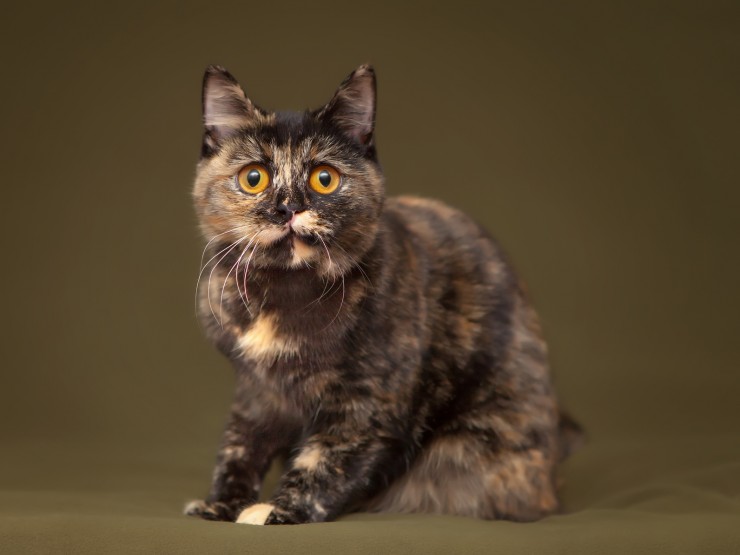
It is important to feed your kitten wet meals. Feed them five small wet meals a day, more if you have time. Pay careful attention to the ingredients of all foods since a kitten's small body can be very sensitive to foods. Specially formulated kitten foods are ok but not required.
Food supplements help replace nutrients that are destroyed by cooking or otherwise not present. Some supplements are designed to help bridge the gap between raw and cooked food. These supplements can be added to wet or dry foods. It is also good to periodically switch brands of supplements as well as food so that your cat benefits from a variety of nutrients.
Below are 7 tips on feeding cats and kittens.
1. Provide a quiet, peaceful atmosphere. Some cats cannot eat amidst noise and commotion. You might need to serve food away from where your dog eats.
2. Establish a schedule for feedings. Developing a routine is as important for cats as it is for people. Knowing when he is to be fed gives your cat a sense of security and belonging.
3. Structure your cat mealtimes around household meals so that he feels included and part of the atmosphere.
4. Call your cat with the same phrase every mealtime, like "Here, Laddy".
5. Do not feed a cat when he is whining or begging unless it is really time for him to eat. Wait until your cat is quiet and respectful before placing any food in front of him.
6. Do not feed him as soon as you get out of bed. Wait until you have showered, made coffee and gotten the newspaper. You do not want him waking you up each morning to be fed.
7. Use a clean glass, ceramic or stainless steel food bowl that is wide enough for his whiskers. You can use a bamboo bowl for dry food. Do not use aluminum or plastic bowls. Aluminum can get into the food while plastic bowls harbor bacteria and could contribute to what is known as "feline acne."
Cats who regularly eat wet food drink very little water. Cats on raw food diets may only drink once every one or two days. Set out bowls of clean water. However, cats can be very sensitive to the chlorine in tap water. Letting the water sit out for 24 hours will let a lot of the chlorine escape. Using filtered or bottled water will reduce the wait. Change the water daily. Be sure to wash the bowls regularly as dust will collect in the bottom. Do not to let your cat drink out of the toilet bowl. Water in the toilet is not always safe to be drunk and the seat could fall and hurt him.
Catnip is a herb that you can grow indoors or out or buy from a pet store or online catalog. Most cats love it. Catnip helps relieve stress and boredom and also helps provide some fiber in his diet. Contrary to myth, catnip is not addictive to cats. You may, however, have a cat who can pull the catnip jar out of a cupboard and open it. Keep catnip leaves in a sealed container in the refrigerator or freezer. This also helps keep it fresh.
Use loose leaves for eating and rolling in; apply catnip spray to toys. Buy only organic leaves to avoid harmful herbicides and pesticides. Treat your cats to catnip once or twice a week. Declawed cats, spraying cats or cats with litter box problems could use more. Put catnip leaves on a piece of heavy fabric or newspaper. Leave it out for half an hour or so. Roll up the fabric and store it away. Next time, add a little fresh catnip to the pile.
 Worming Cats - When, How And Why
Worming Cats - Wh
Worming Cats - When, How And Why
Worming Cats - Wh
 Horse Tips On How To Winter Feed & Keep The Bills Down
Horse Tips On How
Horse Tips On How To Winter Feed & Keep The Bills Down
Horse Tips On How
 Walk with your buddy!!
Walk with your buddy!!
What about taking your
Walk with your buddy!!
Walk with your buddy!!
What about taking your
 Christmas Plants And Safety Around Dogs
Christmas Plants
Christmas Plants And Safety Around Dogs
Christmas Plants
 Seven Interesting Facts About Tortoiseshell And Calico Cats
Seven Interesting
Seven Interesting Facts About Tortoiseshell And Calico Cats
Seven Interesting
Copyright © 2005-2016 Pet Information All Rights Reserved
Contact us: www162date@outlook.com